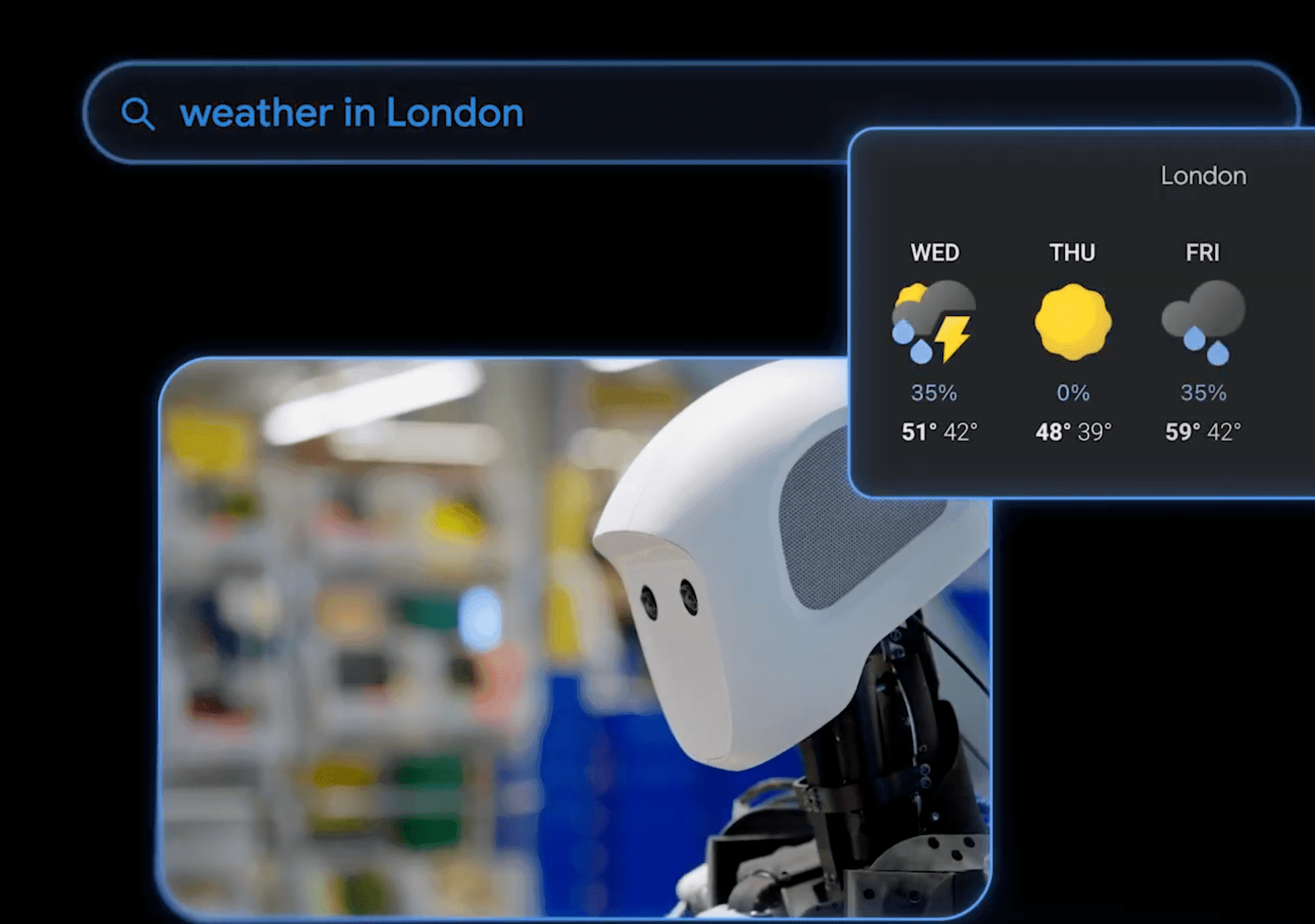Google just unleashed robots that can think multiple steps ahead and search the web to solve problems. The company's new Gemini Robotics 1.5 models let machines move beyond simple one-step tasks to genuine problem-solving - like sorting recyclables based on local regulations they look up online. This represents a fundamental shift from reactive to proactive robotics, with immediate implications for automation across industries.
Google DeepMind just crossed a major threshold in robotics - machines that can actually think ahead and use the internet to solve real-world problems. During a press briefing today, the company revealed its upgraded Gemini Robotics 1.5 models that fundamentally change how robots approach tasks.
"The models up to now were able to do really well at doing one instruction at a time," Google DeepMind's head of robotics Carolina Parada told reporters. "With this update, we're now moving from one instruction to actually genuine understanding and problem-solving for physical tasks."
The breakthrough combines two AI systems working in tandem. Gemini Robotics-ER 1.5 acts as the brain, understanding surroundings and conducting web searches for relevant information. It then translates those findings into natural language instructions for Gemini Robotics 1.5, which handles the physical execution using vision and language understanding.
This isn't just about smarter robots - it's about autonomous problem-solving. Where previous systems could fold paper or unzip bags, these machines can separate laundry by color, pack suitcases based on London's current weather, or sort trash according to local recycling requirements they research themselves.
The system builds on Google DeepMind's robotics models introduced in March, but the web integration represents a quantum leap. Robots can now tap into Google Search to gather context-specific information, then apply that knowledge to physical tasks.
What's particularly striking is the cross-platform learning capability. Google DeepMind found that tasks trained on the dual-armed ALOHA2 robot "just work" on completely different systems like the bi-arm Franka robot and Apptronik's humanoid Apollo.
"This enables two things for us: one is to control very different robots - including a humanoid - with a single model," software engineer Kanishka Rao explained during the briefing. "And secondly, skills that are learned on one robot can now be transferred to another robot."












